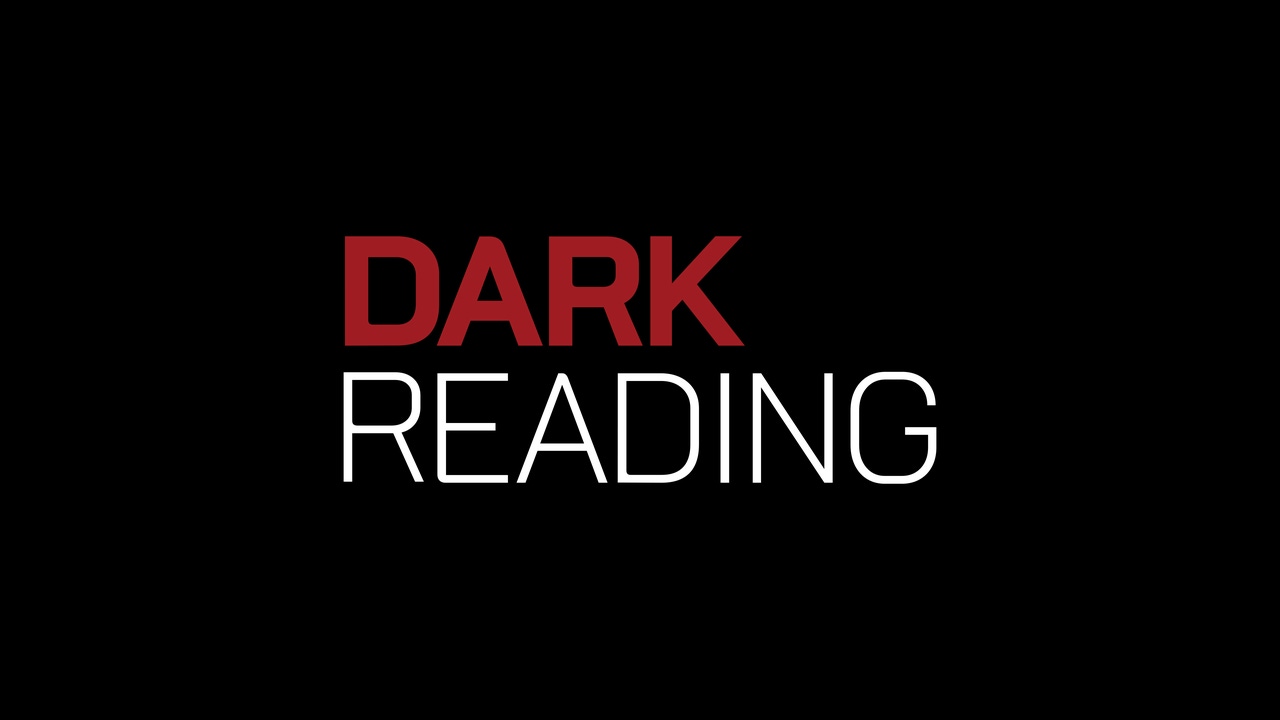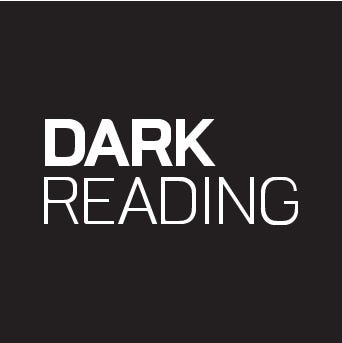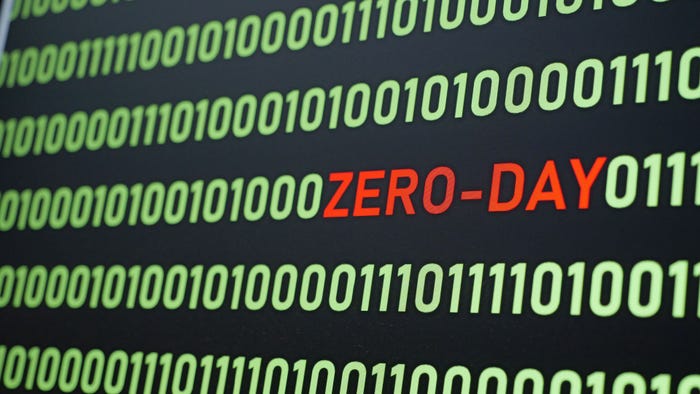Citigroup Case Spotlights Insider Threat Dangers
Case of Citigroup, fined for missing suspicious behavior of employee who bilked customers of $750,000, shows IT must be backed by supervisory control.

Even as financial institutions hone their security technology portfolios with advanced database activity monitoring (DAM) implementations, improved fraud detection software, and other tools to sniff out bad behavior from within, malicious insiders will still manage to swindle their employers when all of that technology isn't supported with the right business processes. And when that happens, no amount of check-box compliance implementations will keep regulators from putting the hammer down hard in the form of fines and public embarrassment.
Case in point is the recent name-and-shame campaign by the Financial Industry Regulatory Authority (FINRA) against Citigroup. FINRA recently announced that it was fining Citigroup $500,000 for failing to keep track of an employee who managed to steal almost $750,000 from 22 customers during the course of eight years.
A sales assistant at a branch office, Tamara Moon, stole money from the elderly, people with Parkinson's disease, and even her own dad. And she managed to keep up her thieving ways despite exception reports that popped up for her superiors detailing conflicts in new account application information. Similarly, her supervisors did not spot red flags from suspicious transfers between unrelated accounts.
"Citigroup had reason to know what she was doing and could have stopped her," says Brad Bennett, executive VP and chief of enforcement for FINRA.
The case at Citigroup is indicative of the need for more thorough continuous monitoring practices within the industry, says John Rostern, managing director of the New York office of security and compliance consultancy Coalfire Systems.
"The type of monitoring that's typically employed these days is inconsistent at best and, in many cases, manually driven," Rostern says. "The introduction of continuous controls monitoring where you're not doing statistical sampling, but you really are looking at the wider population and gaining visibility into exceptions as they occur, is important given the amount of data that's flowing through systems and the number of people who are in those outlier areas, like branch offices."
Read the rest of this article on Dark Reading.
The vendors, contractors, and other outside parties with which you do business can create a serious security risk. Here's how to keep this threat in check. Also in the new, all-digital issue of Dark Reading: Why focusing solely on your own company's security ignores the bigger picture. Download it now. (Free registration required.)
About the Author
You May Also Like




